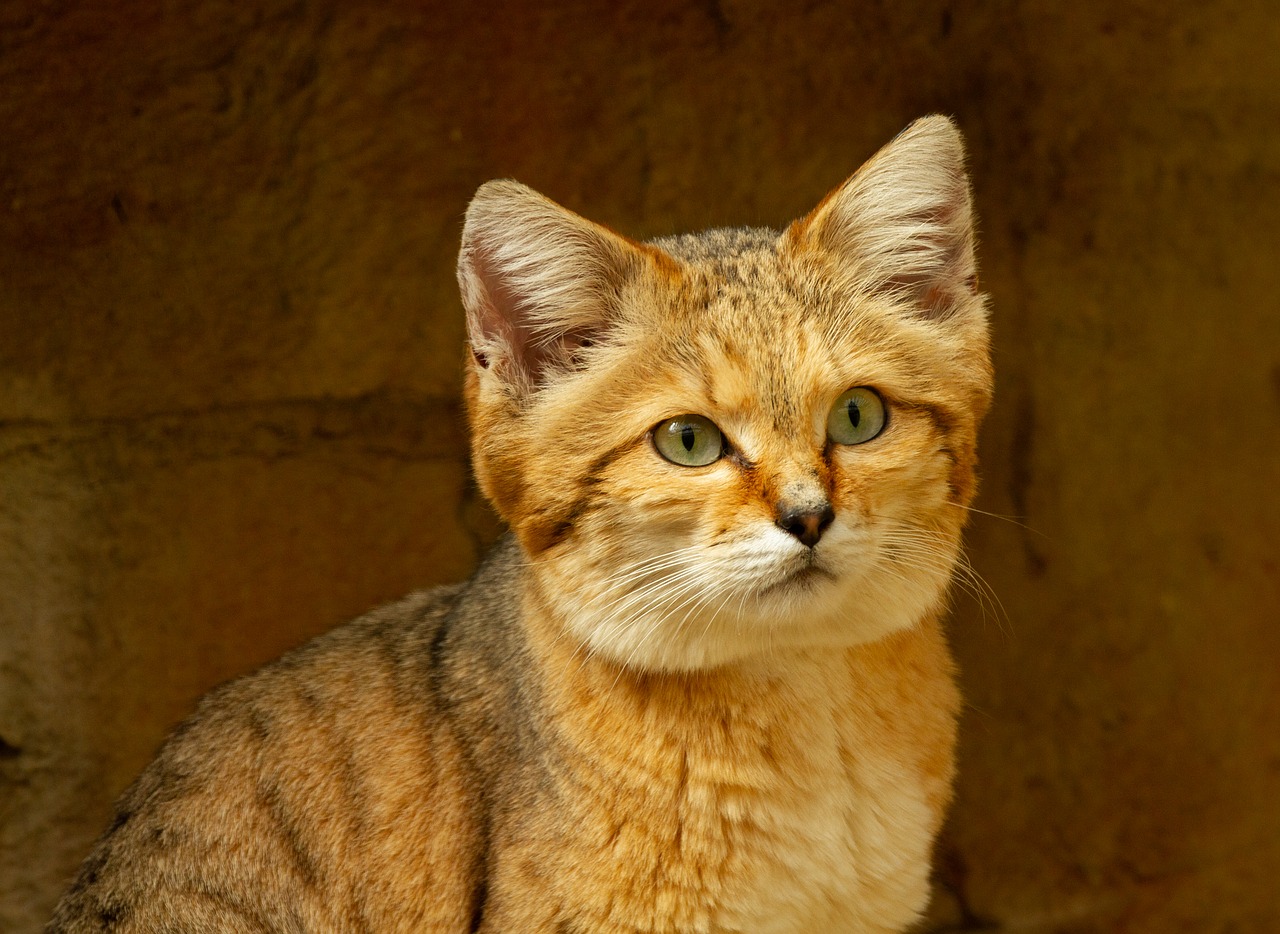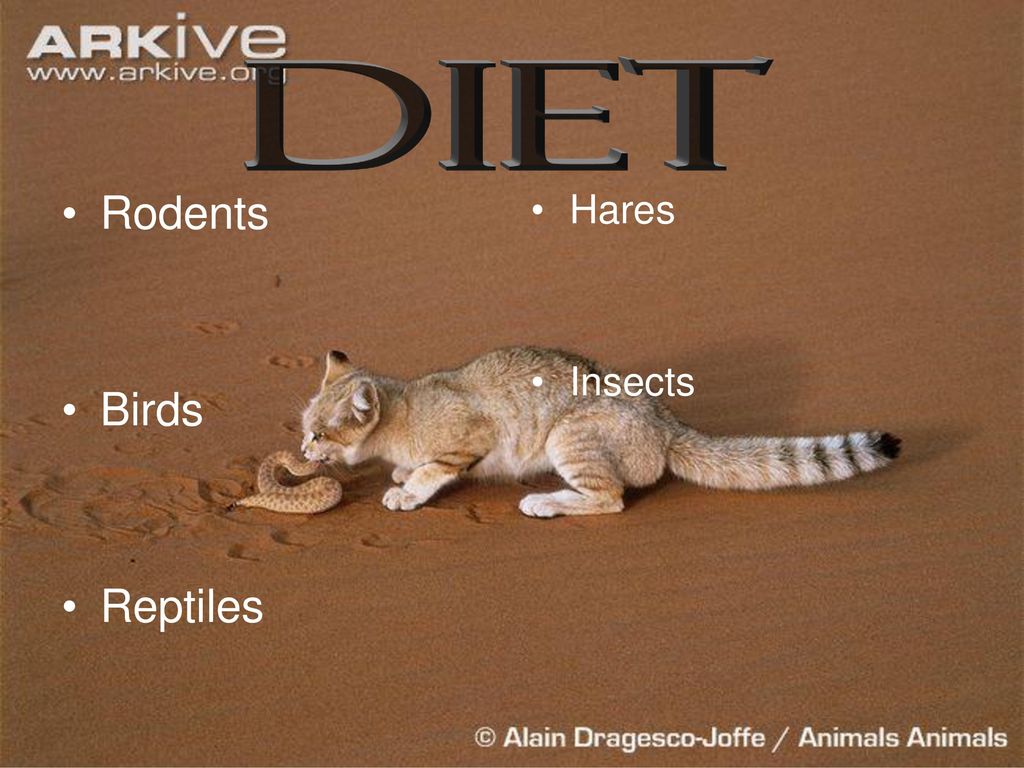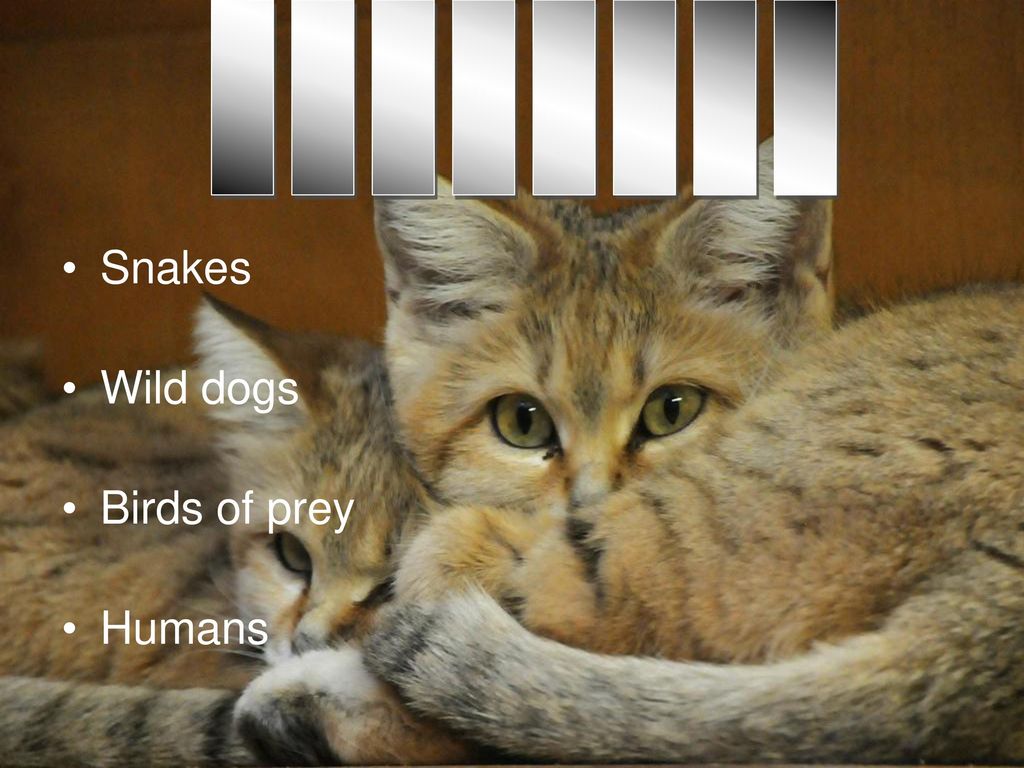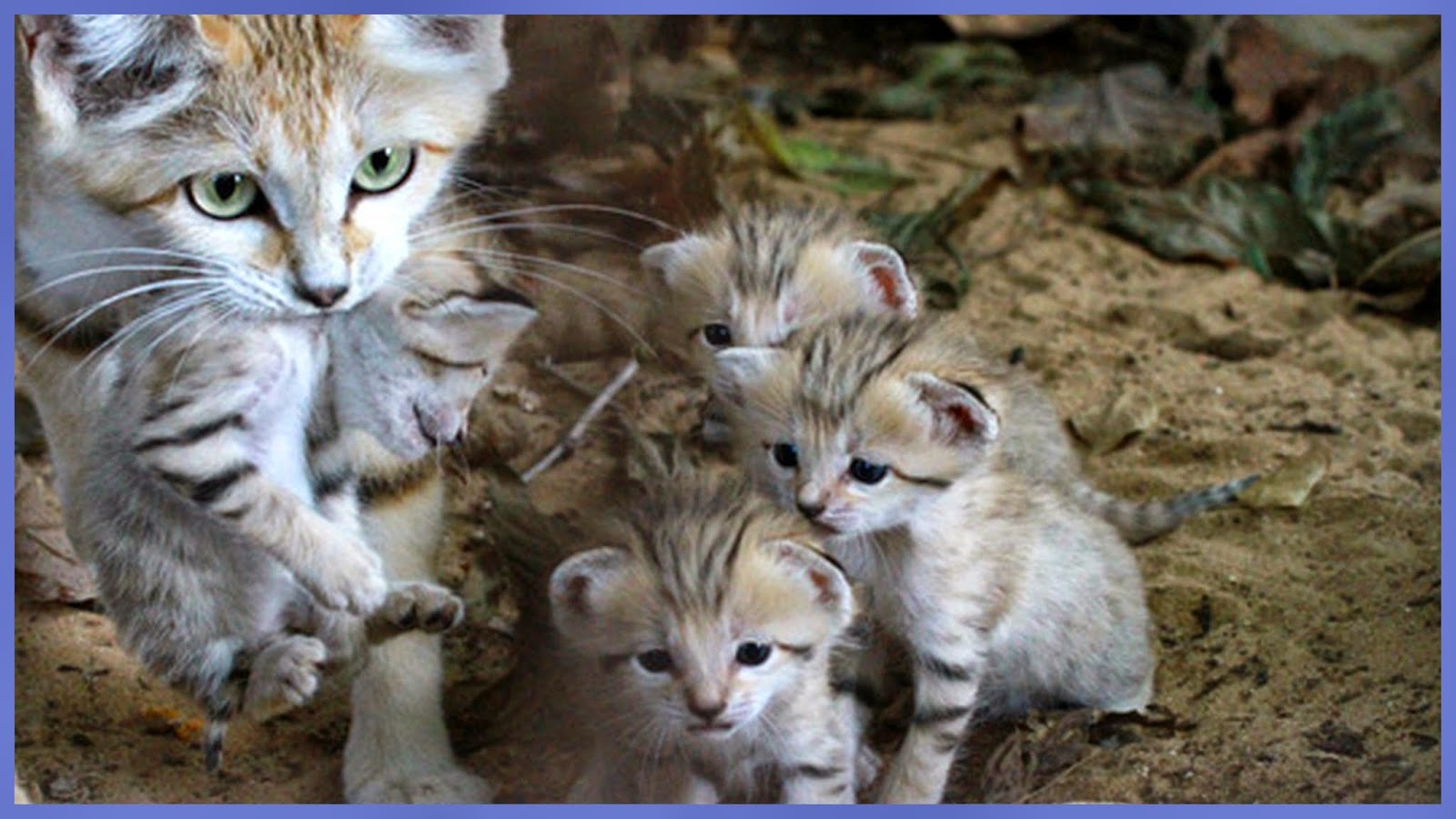Sand Cat Endangered Facts

Sand cats are being protected and conserved by prohibiting theirhunting in.
Sand cat endangered facts. After mating the female sand cat has a gestation period of 59 67 days. Reproduction of the Sand Cat. The species went extinct in Israel due to habitat destruction following the territorial exchange between Israel and Jordan in 1994 but a litter of four sand cat kittens was recently born at the Zoological Center of Tel Aviv.
Desert ecosystems are being degraded by people. Though the Sand Cat conservation status is presently stated as the Least Concern on the IUCN Red List though the Sand Cat population is likely to be endangered. They occupy areas in the desert that has small shrubs and receive rainfall less than 20mm a year.
Sand cats leave almost no footprint as they walk across the sand. Zookeepers at the North Carolina Zoo found a unique way to provide exercise for the sand cats. Sand cat is listed as nearly threatened which means that it may become endangered in the near future.
Roads cutting through habitat. Sand cats are threatened by habitat loss hunting and collection for the pet trade. Sand Cats will also cover large kills with sand and return later to feed.
The sand cats small mammal prey base depends on having adequate vegetation and may experience large fluctuations due to drought Sunquist and Sunquist 2002 or declines due to desertification and loss of natural vegetationOther localized threats include the introduction of feral and domestic dogs and cats creating direct competition and through predation and. How are sand cats being protected. Sand Cats are the most difficult to study cat breeds in the wild.
This endangered breed is found in the Sahara desert of North Africa Middle Eastern countries and even in Central Asia. The major threat to the Sand Cat being endangered is habitat degeneration. Some are killed by humans who consider them a threat to their livestock.



















